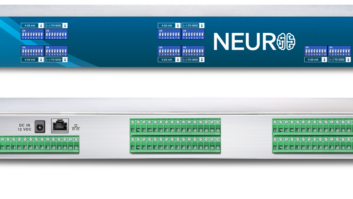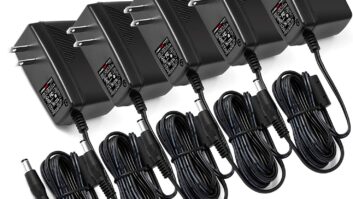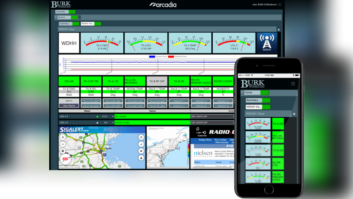 The author of this commentary is communications systems engineer with Xperi Corp.
The author of this commentary is communications systems engineer with Xperi Corp.
As carmakers increase electric vehicle (EV) offerings throughout their lineups, the availability of AM radio to consumers is declining. This is because the effects of electromagnetic interference are more pronounced in EVs than in vehicles with internal-combustion engines (ICEs).
Although the character and severity of this interference can be difficult to model and predict, it is clearly more disruptive to AM radio reception, often causing annoying static and limiting coverage. As a result, some EV manufacturers have begun removing AM radios — but not FM — from their vehicles.
EMI can be suppressed in EVs using well-known mitigation techniques such as shielding cables and electric motors, installing filters and carefully locating electrical components within the vehicle. Within receivers, EMI can be limited by isolating and shielding antenna and RF sections, filtering connections and carefully grounding and placing receiver components.
EV manufacturers that have successfully controlled EMI using these methods continue to provide AM radio services in their vehicles.
Even when analog AM reception is degraded in an EV, it does not necessarily imply that AM HD Radio reception will be similarly affected.
AM HD Radio signals are naturally more resistant to EMI than their analog counterparts. Much of the noise induced on an analog AM signal accumulates over the channel and down the receive chain, passing directly onto the audio. But digital waveforms leverage bit regeneration to allow noiseless reproduction of the audio signal.
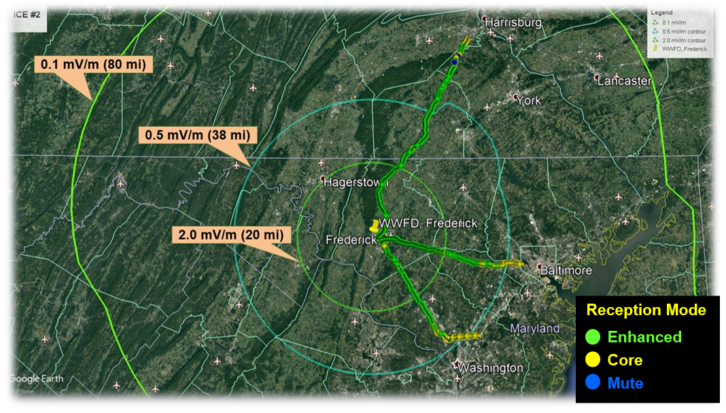
Furthermore, advanced digital signal processing and digital communications techniques ensure that AM HD Radio signals are more robust than analog AM signals. In particular, the coverage of all-digital MA3 core signals significantly exceeds that of analog AM, and the coverage of MA3 enhanced signals is on par with that of analog AM.
Recent field tests supported by Hubbard Broadcasting — using AM HD Radio station WWFD in Frederick, Md. — and NAB PILOT allow comparison of AM analog and all-digital MA3 HD Radio reception performance in ICE vehicles and EVs.
Not surprisingly, signal coverage in ICE vehicles was consistently better than in EVs, presumably because the combustion engine in ICE vehicles emits lower levels of EMI.
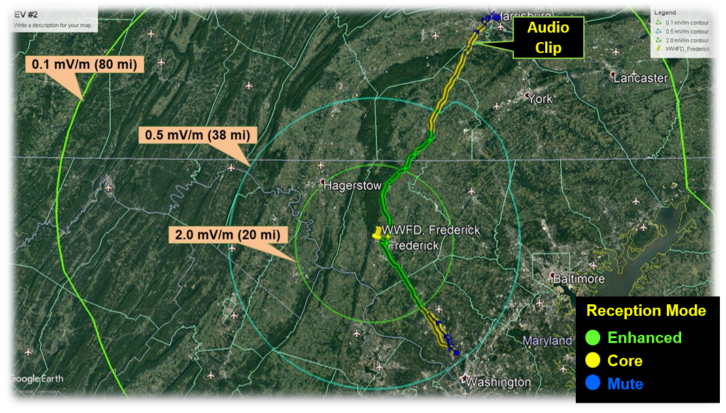
Fig. 1 shows MA3 coverage of an OEM ICE vehicle (ICE #2) with solid core digital audio coverage beyond the 0.5 mV/m contour.
However, some EVs also afforded extensive MA3 core digital audio coverage, approaching that of the ICE vehicles, as shown for EV #2 in Fig. 2. This performance can likely be attributed to the application of effective EMI mitigation techniques.
In all vehicles tested, whether ICE or EV, analog audio quality was significantly degraded at the core audio point of failure, corroborating analytical predictions of more robust MA3 core coverage.
When AM radio is included in an EV, its reception performance is highly dependent on the manufacturer’s dedication to EMI control.
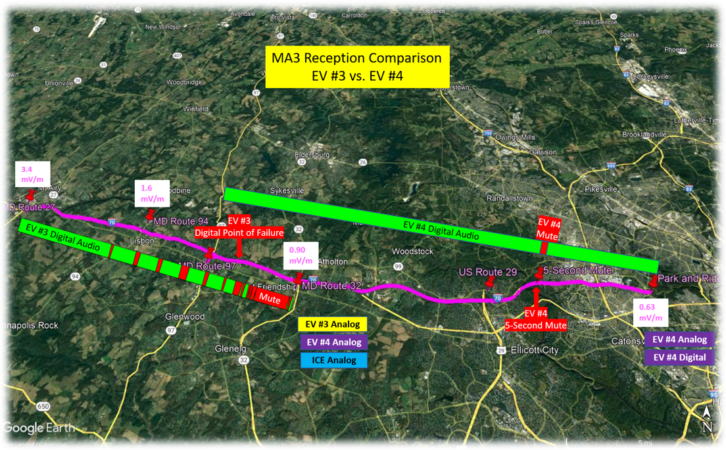
Fig. 3 illustrates the potentially wide range of MA3 reception performance among commercially available EVs, as EV #4 digital audio coverage exceeds that of EV #3 by several miles (the length of the pink route is about 25 miles). This difference is likely attributable to superior EMI mitigation techniques in EV #4. Fig. 3 serves as a graphic reminder that automakers who devote sufficient resources to mitigating EMI need not remove AM receivers from their EVs.
In summary, recent analysis and field testing of AM radio reception in EVs lead to the following conclusions:
- EMI generated by EVs can significantly degrade the quality of AM signal reception. Fortunately, as demonstrated in multiple commercial EVs, this harmful interference can be effectively suppressed in both vehicles and receivers using well-known EMI mitigation techniques.
- AM HD Radio signals have been shown — both analytically and experimentally — to be less susceptible to EMI than their analog counterparts. AM all-digital signals are especially robust and provide broader coverage than AM analog signals.
- Automakers are currently removing AM radio services from EVs. They should instead control EMI emissions and offer the superior consumer audio experience afforded by AM all-digital HD Radio technology.
Radio World invites industry-oriented commentaries and responses. Send to Radio World.





